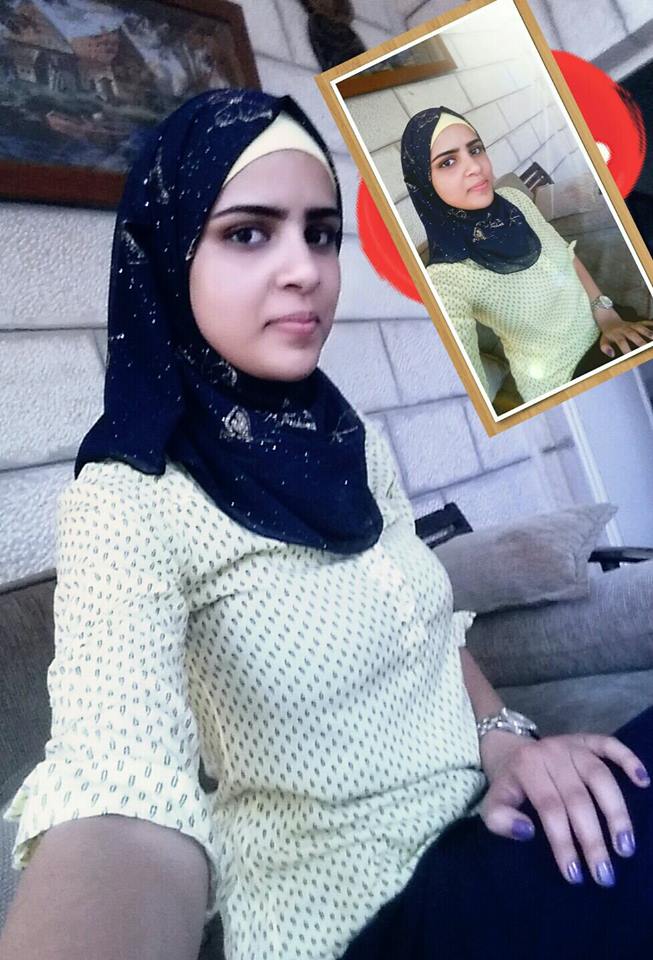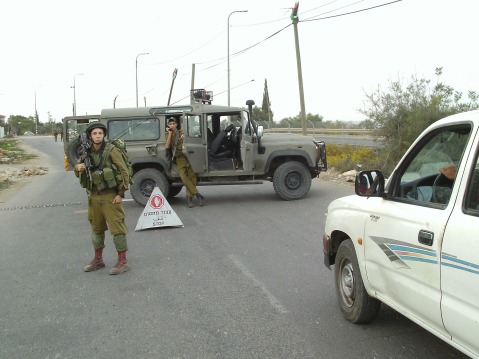Category: Journals
-
Young prisoner, Marah, is fighting medical negligence to get her high school diploma
|December 23rd 2015 | Hamza Abu Eltarabesh | Gaza, occupied Palestine Palestinian journalist from Gaza, born in 1991, studied journalism at the Islamic University of Gaza, and works as a freelance journalist for various local media outlets. Participated in covering the third aggression against Gaza, & basically writes in social and political issues. (According…
-
Everyday humiliation of Israeli military occupation
6th of December 2015 | International Solidarity Movement, al-Khalil team | Hebron, occupied Palestine Palestinians living in the Israeli militarily occupied West Bank face discrimination, racism and humiliation at the hands of Israeli forces on an everyday basis. Humiliation is entrenched in every aspect of daily life under the Israeli occupation. The message is clear: as…
-
Palestinian voice speaks out: Twenty war crimes in a month by Israeli soldiers against Palestinians
24th October 2015 | International Solidarity Movement, Hamza Khalil Abu Eltarabish | Gaza Strip, occupied Palestine Hamza Khalil Abu Eltarabish is a freelance journalist who graduated from the Islamic University of Gaza The young Palestinian man Fadi Alon performs the dawn prayers in his home in the west of Jerusalem and browses his Facebook and…



